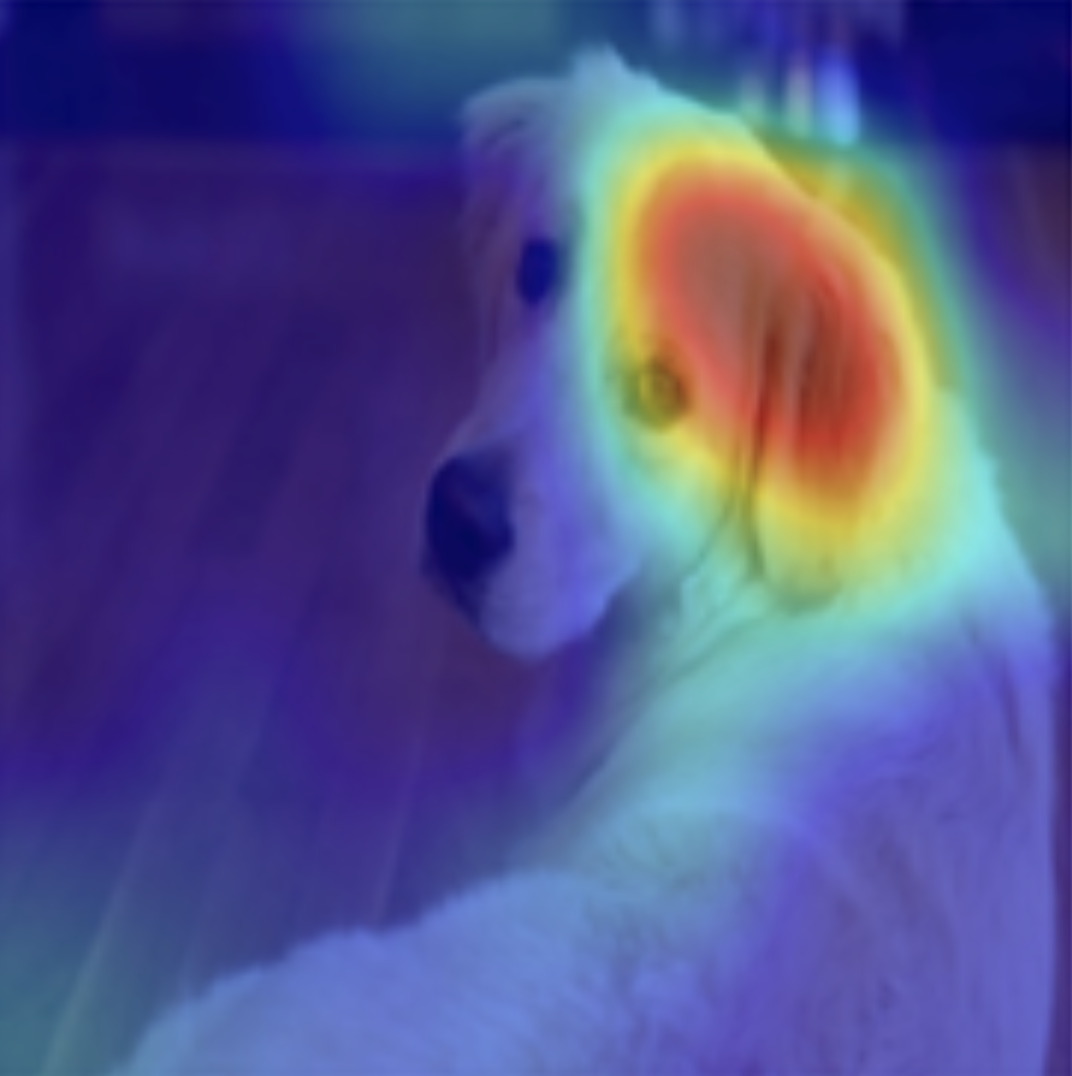Explain
Autonomous explainability, reliability, and robustness testing to detect vulnerabilities before deploying models to production.
Safeguarding the AI Revolution with Adversarial Intelligence
AI is moving fast. We move faster.
Learn how you can stay one step ahead with Mirage.
Autonomous explainability, reliability, and robustness testing to detect vulnerabilities before deploying models to production.
Generate adversarial examples, prompt injections, and inversion attacks while rigorously documenting failures.
Discover practical and scalable mitigation strategies to fortify model defenses against adversarial attacks.
We analyze your AI model to understand its behavior, decision-making patterns, and potential vulnerabilities through comprehensive explainability testing.
Using gradient-based attribution methods like Grad-CAM and integrated gradients, we visualize which pixels and features drive model predictions. This reveals decision boundaries and helps identify if the model relies on spurious correlations or meaningful patterns.
We examine activation patterns at each layer of your neural network, from low-level edge detection to high-level semantic features, providing a complete understanding of the model's internal reasoning process.


We simulate real-world attacks to expose critical weaknesses before malicious actors can exploit them. Our adversarial testing reveals vulnerabilities across vision and language models.
Small, carefully crafted patches that cause misclassification. A stop sign with a tiny sticker becomes a speed limit sign to the model—a critical safety failure in autonomous systems.
Malicious prompts that override system instructions, causing the model to leak sensitive data, bypass safety guardrails, or perform unauthorized actions.
Manipulated training data that introduces backdoors or biases, compromising model integrity from the ground up.
Mirage fortifies your AI with battle-tested defenses, ensuring robust protection against adversarial threats. Your models pass rigorous testing and maintain security under attack.
Models hardened with adversarial training maintain accuracy on clean data while resisting attacks. Certified defenses provide mathematical guarantees of robustness against perturbations.
Advanced input validation and instruction hierarchy enforcement prevent malicious prompt injections from compromising your LLM applications through multi-layer filtering.
Real-time threat detection and automated response systems ensure your models stay protected as new attack vectors emerge.
We're in the early stages of building Mirage, but we'd love to hear from you.
Whether you're interested in learning more about our adversarial intelligence platform, want to discuss how we can help secure your AI systems, or would like to book a demo—we're here to talk.
Book a demo to see how Mirage can identify and mitigate vulnerabilities in your models, or simply reach out to start a conversation about AI security.